
You didn’t come this far to stop
The 8th Division AIF
Formation, Deployment, and Legacy
Episode 14: The 8th Division AIF – Formation, Deployment, and Legacy
The 8th Division of the Australian Imperial Force (AIF) was established in July 1940, marking a pivotal moment in Australia’s military history during World War II. Formed to enhance Australia’s military capabilities, the 8th Division faced both strategic significance and tragic challenges. This episode explores the division's formation, initial deployment, engagements, and the enduring legacy of its service.
WW2 HISTORYDESCENT INTO HELLIN THEIR FOOTSTEPS BLOG
Toursofwar.com
7/27/20244 min read
Formation and Structure
The Birth of the 8th Division
On May 22, 1940, the Australian War Cabinet approved the formation of the 8th Division AIF. This decision was part of a broader strategy to bolster Australia's military presence and capabilities during World War II. The creation of the 8th Division marked an expansion of Australia's commitment to the war effort, with Major General Vernon Sturdee appointed to command the new division.
The Decision to Raise the 8th Division
On May 22, 1940, the Australian War Cabinet approved the formation of the 8th Division AIF. This decision was part of a broader strategy to bolster Australia's military presence and capabilities during World War II. The creation of the 8th Division marked an expansion of Australia's commitment to the war effort, with Major General Vernon Sturdee appointed to command the new division.
Key Points:
Strategic Expansion: The formation of the 8th Division was a strategic move to strengthen Australia's military forces and enhance its operational capabilities in the Pacific theater.
Leadership Appointment: Major General Vernon Sturdee was given command of the 8th Division, a significant role that highlighted his strategic importance and the need for effective leadership in the growing AIF structure.
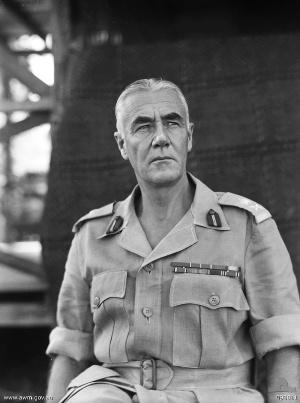

Did You Know? Advanced Training
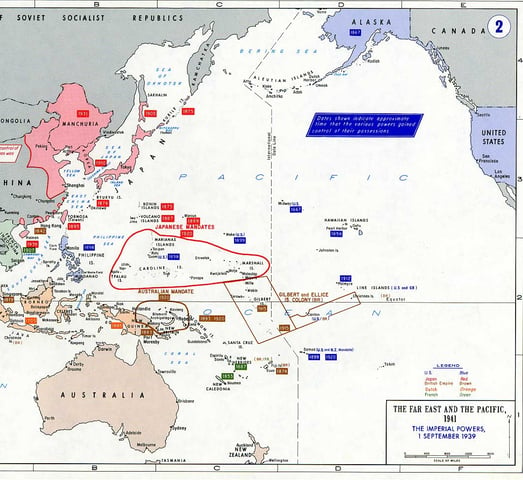

Historical Significance: The formation of the 8th Division was part of Australia’s broader strategy to enhance its military contribution to the Allied war effort, reflecting a significant commitment to global defense.
Initial Deployment Plans
The 8th Division was initially intended for deployment to the Middle East, where it would join other Australian forces engaged in combat. However, with the intensifying threat from Japan, particularly following the attack on Pearl Harbor in December 1941, the deployment strategy shifted.
Revised Strategy: The division’s deployment was adapted to address the growing Japanese threat in the Asia-Pacific region, leading to its eventual involvement in campaigns across Singapore, Rabaul, Ambon, and Timor.
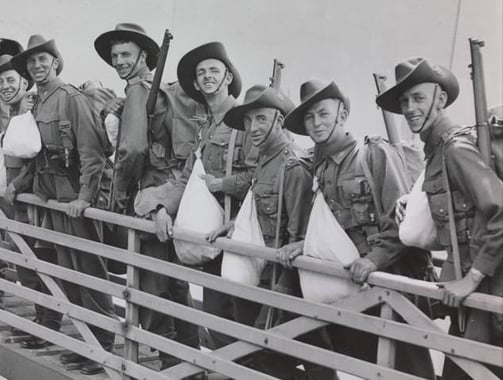

Strategic Shifts and Deployment
Did You Know?
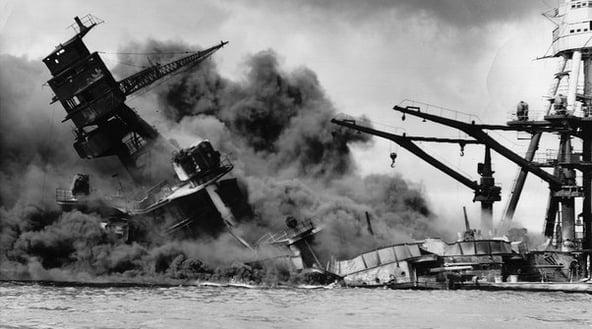

Pearl Harbor Impact: The attack on Pearl Harbor was a turning point that influenced the strategic decisions regarding the deployment of Allied forces, including the 8th Division.
Engagements and Challenges
By early 1942, elements of the 8th Division were engaged in significant campaigns across the Asia-Pacific region. Despite their initial success, these engagements resulted in heavy losses, and by February 1942, the division faced a catastrophic defeat.
Campaigns: The division’s operations included battles in Singapore, Ambon, Rabaul, and Timor. These campaigns, however, led to severe casualties and significant operational challenges.
Fall of Singapore: In February 1942, the majority of the 8th Division was captured during the fall of Singapore, with many soldiers enduring harsh conditions and forced labor as prisoners of war until the end of the conflict.
Key Statistics:
Casualties: Over 10,000 members of the division were lost, with approximately 2,500 killed in action. The harsh conditions in captivity resulted in an estimated one in three soldiers dying before the war ended.

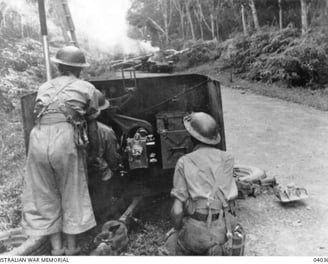
Combat Operations and Captivity
Conclusion
The 8th Division AIF's formation, deployment, and ultimate fate during World War II underscore both the strategic importance and the tragic challenges faced by Australian forces. The division’s legacy remains a crucial chapter in Australia’s military history, reflecting the profound impact of their service and sacrifice. In the next episode, we will shift our focus to Wilfred Kent Hughes and explore his contributions to Australia’s wartime efforts and military strategies.
How You Can Help
Donations and Sponsorships: We are seeking corporate sponsorships and donations to fund ongoing restoration projects and educational programs. Your support can make a significant difference in maintaining the quality and impact of the museum.
Volunteer Opportunities: If you have expertise or time to offer, consider volunteering with us. There are many ways to get involved, from artifact restoration to educational outreach.
Spreading the Word: Share this blog and our mission with your network. The more people who know about the JEATH War Museum and its significance, the greater the impact we can achieve together.
The St Andrews Research Team is dedicated to preserving the legacy of the Thai-Burma Railway and the memories of those who suffered. We need your support to continue our work. There are several ways you can help:
Join the Cause!
If you or someone you know is interested in supporting this cause, please get in touch.
This is a chance to be part of something truly meaningful and impactful.
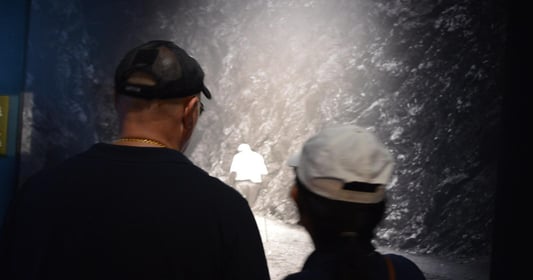

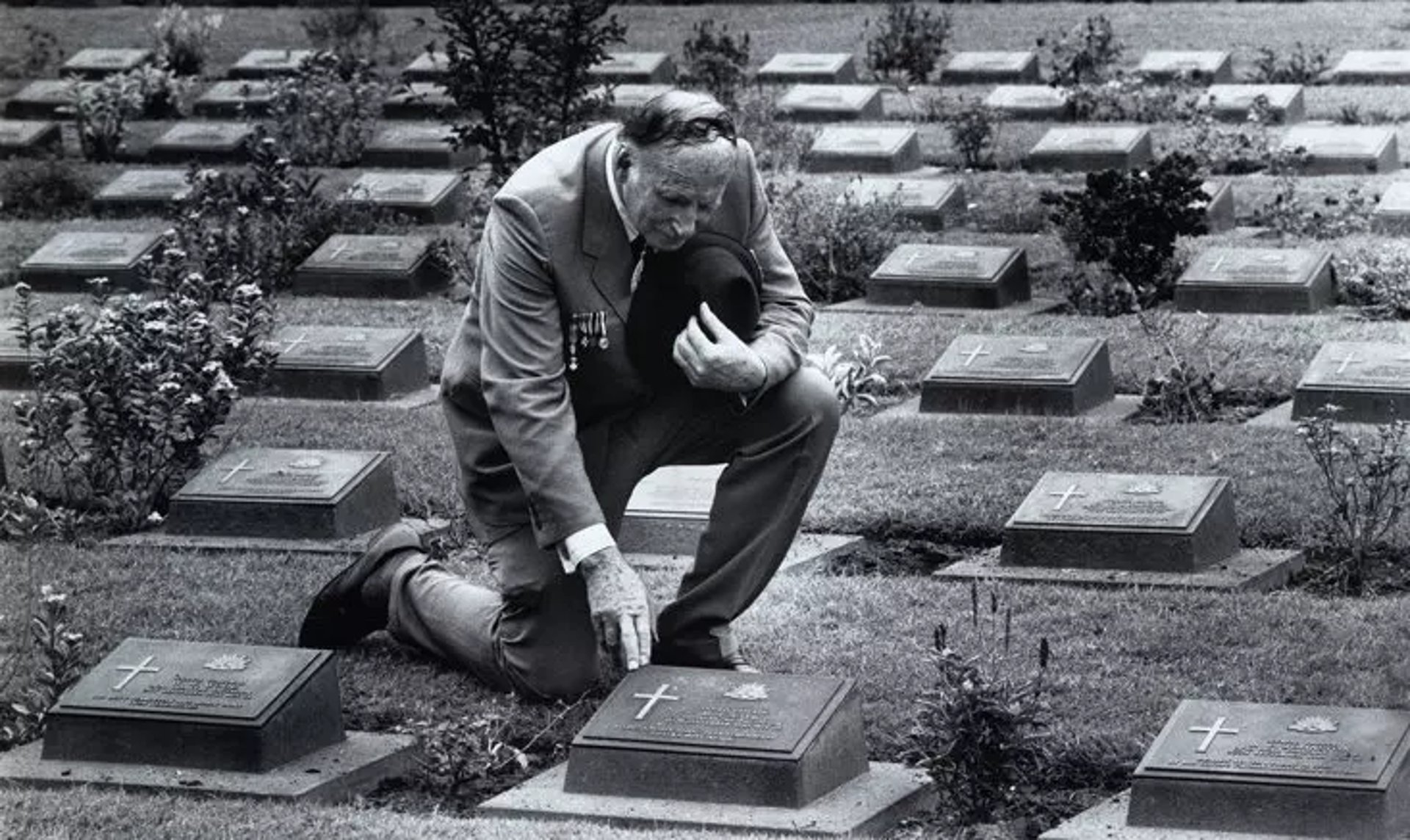
Together, We Can Make a Difference!
This is a veteran-run project, and we need your help to make it happen. Stand with us in honoring the legacy of the POWs and ensuring their stories are never forgotten.
